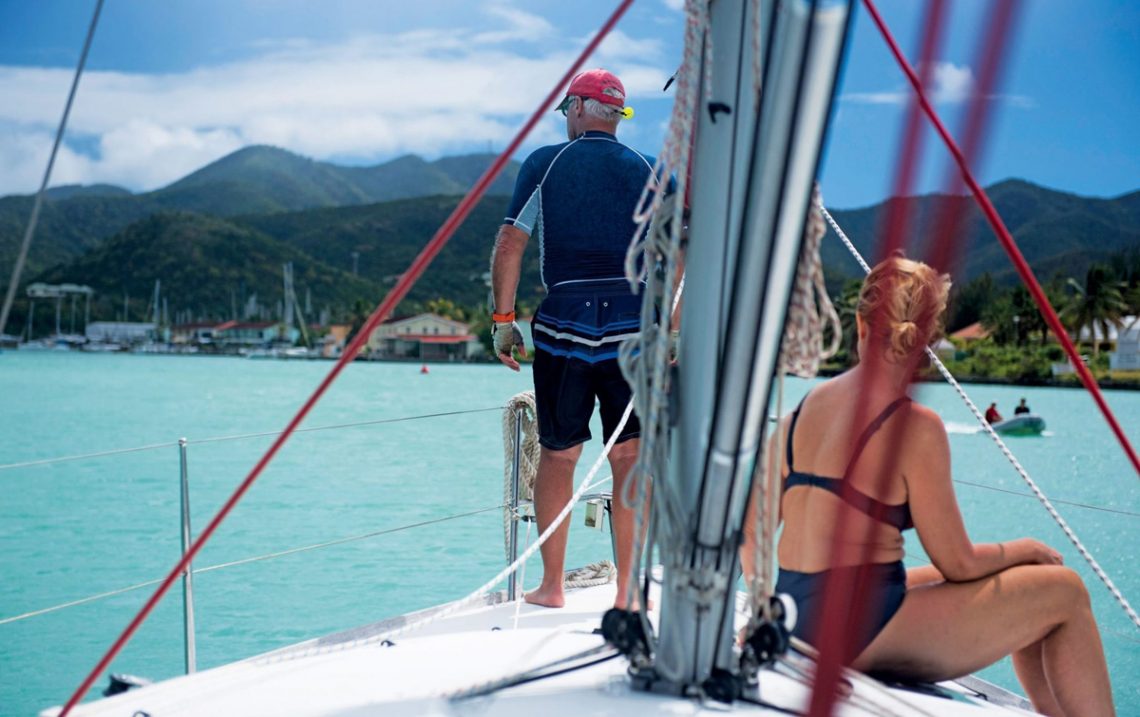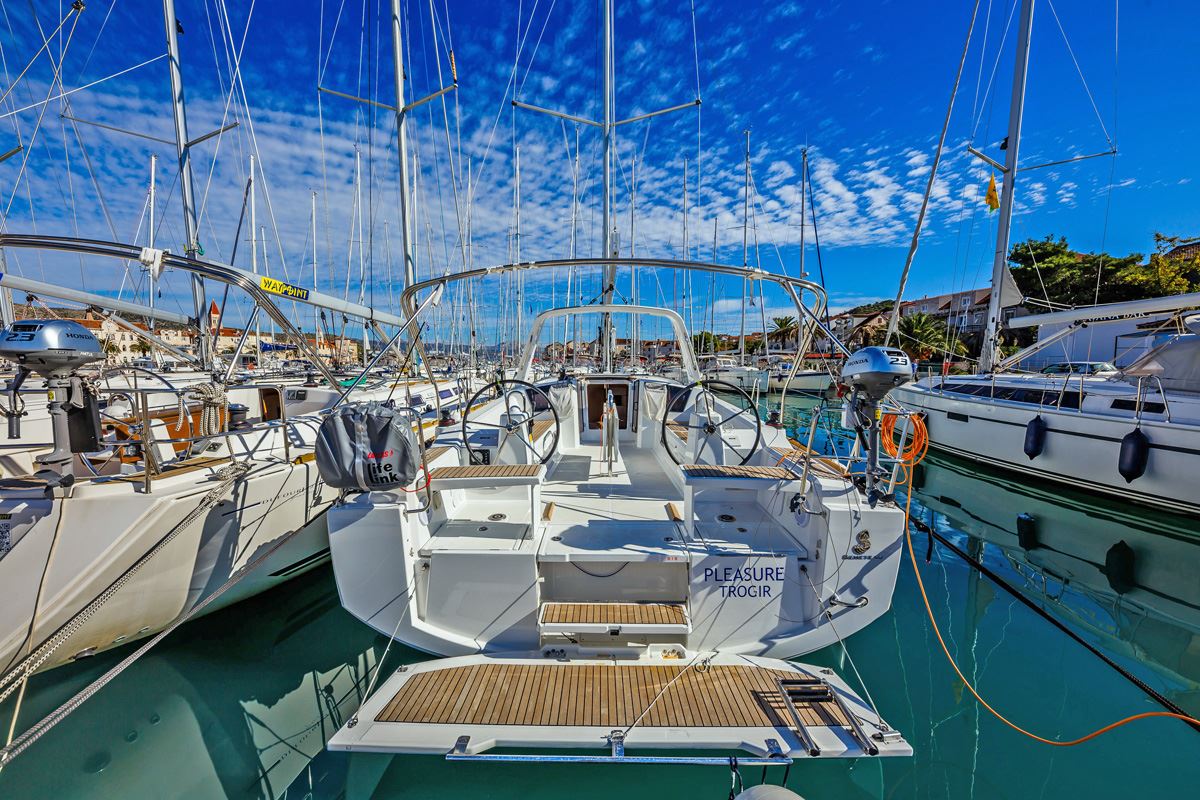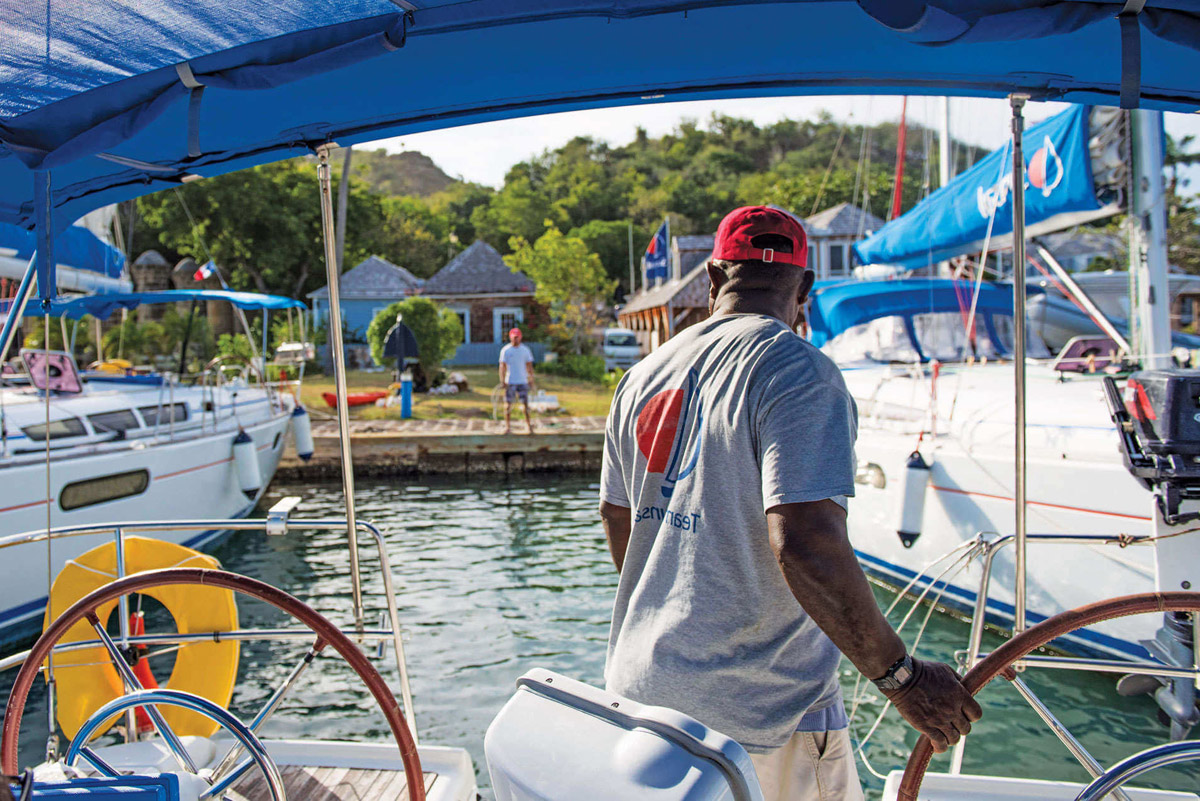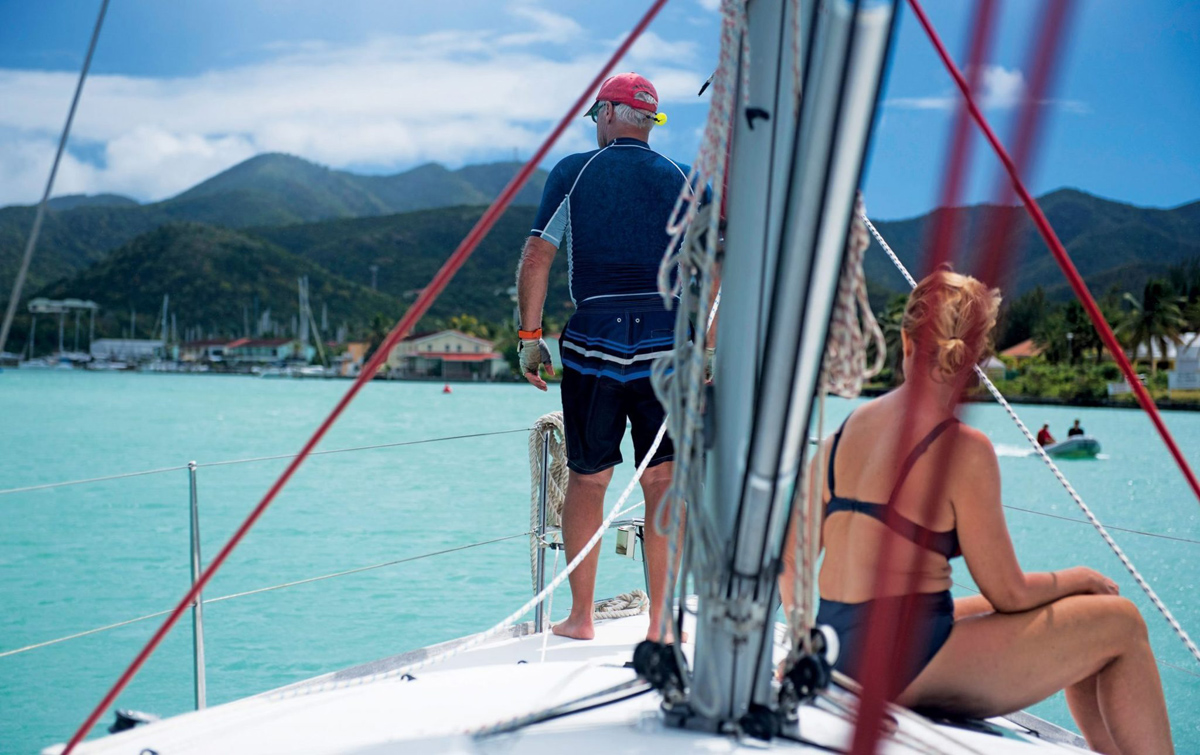
Effortlessly managing harbor maneuvers
Navigating a boat in the confined spaces of a harbor is certainly no easy task. The congestion of vessels in marinas, combined with challenging weather conditions, always presents a series of difficulties in docking maneuvers. Here are 5 simple tips for harbor maneuvers.
Our memories of holidays spent on a sailing boat are mostly positive. The sense of well-being, the immense freedom, the hull cutting confidently through the waves, the spectacular sunrises and sunsets while anchored in a bay, the swims in turquoise waters, and for the lucky ones, even dolphins jumping or a turtle swimming gracefully beside the bow, linger with us once we disembark and return to land.
However, the fact remains that the sea is not truly infinite, and during a sailing cruise, one inevitably ends up in a marina sooner or later. And entering the marina is all about harbor maneuvers, which don’t always go as smoothly as we would like. A nervous skipper issuing last-minute orders, a crew that isn’t well-coordinated and doesn’t quite understand what needs to be done, people running aimlessly on the deck, others sitting exactly where they shouldn’t be. In many cases, the boat’s skipper would do a better job alone. So, how can one ensure that harbor maneuvers are carried out without any hitches? Here are 5 simple tips.

Do NOT improvise
To best handle maneuvers in the harbor, it’s crucial to prepare well in advance. Being ready for docking will give you the space to manage any maneuver and will significantly increase the likelihood of its successful completion. Having proven and tested procedures that work is a bonus. Also, make sure to familiarize yourself with your procedures in time.
Observe the docking context
Before executing maneuvers in the harbor, carefully explore the surrounding environment and all the current conditions. Ask yourself: From which side is the wind blowing and with what strength? How will the wind affect the boat’s maneuverability and where will the bow turn? Are there currents? If you are unfamiliar with the marina, study its layout thoroughly to understand exactly where the docks are and how to dock in a specific area. Every single detail can be helpful.

Harbor maneuvers: Being decisive in making choices
We have already executed the maneuver in our minds and are aware of everything that can influence it. Now, it’s crucial to be decisive in the choices we make. How should we enter the harbor? Should the bow or stern lead? Always opt for the simplest and safest choice. Make good use of all the features and capabilities of the boat. Consider how the rudder reacts, which side it’s on, and how the propeller specifically affects the boat’s rotation. Always adapt the maneuver to the specific boat. Just because you’re used to maneuvering in a certain harbor on a Moody 50 with a bow thruster doesn’t mean you can use the same maneuver for a Dufour 38 without one.
Organize the boat and crew
If you have a crew, it’s a waste not to use them during harbor maneuvers. Even an inexperienced sailor can be helpful. But everyone must know exactly what to do. You already know this. Now it’s time to explain it carefully to them: who will handle which line, who will take care of the fenders, and who will simply report on the distance. Don’t assume the crew knows what to do and always communicate with them clearly and understandably. Also, make sure they understand you and can do the job. Throwing lines correctly can be an art, and a sailor who has been telling you all week about their sailing experience might not be able to properly tie the mooring. Ensure there are no unnecessary items around the boat that could hinder the crew’s safe movement and have everything you need ready for the maneuver. Starting to pull lines from the hatch when you’re already 5 meters from the shore is not exactly a great idea. Similarly, make sure nothing obstructs your view during the maneuver.

When everything is ready, act decisively
Everything is in place, the crew and you know what to do; now comes the simplest yet most challenging part: executing the maneuver itself. Finally, in choosing a mooring, consider the duration of the stay, the weather forecast, and most importantly, the conditions of the boat at the time of departure. For example, will the crew be the same as when you landed, or will there be fewer members? What happens if the wind changes direction? Lastly, remember that some moorings might be easy to occupy but could be difficult to leave when it’s time to depart.
You May Also Like

Anchoring offshore: Can I leave my boat unattended? It’s probably not the best idea…
06/11/2024
Saronic Gulf: sailing in Greece in complete relaxation
25/11/2021






